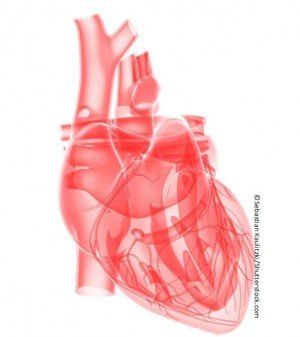Article
3D Printing Technology in Cardiac Procedure Planning
Until recently, three-dimensional printing (3DP) was a whiz-bang 21st century technology that could create a volumetric model of, increasingly, just about any object one could think of-a table, a car part, a roof truss.
Until recently, three-dimensional printing (3DP) was a whiz-bang 21st century technology that could create a volumetric model of, increasingly, just about any object one could think of-a table, a car part, a roof truss. The art and science of 3DP just got much closer to my home with reports of how the process is being used in cardiac procedural planning where the technology may have a new niche.
An important application of 3DP appeared in a Letter to the Editor

©SebastainKaulitzky/Shutterstock.com in the June 2015 issue of JACC: Cardiovascular Interventions.1 The authors demonstrated the technology’s potential to create a personalized, flexible model of a patient’s left atrial appendage from CT-scan images. The authors then used the model to test and view (via CT) the function of three different sizes of the FDA-approved Watchman appendage closure device. This preplacement step allowed the authors to understand and analyze the fit of the devices into the model and to select the one for the patient that was least likely to cause a pericardial effusion. The cost of printing the model in this particular case ranged from $100 to $200 (in addition to the fixed costs of the printer and supplies).
With this sophisticated pre-procedural understanding of the three-dimensional interactions of the closure device with the personalized model of the appendage, the authors postulated that use of 3DP to understand anatomically complex structures may be able to decrease post-procedural complications. In particular, 3DP may be useful for minimizing pericardial effusions and incomplete left atrial appendage exclusion, both a result of poor device-substrate contact.
Additional larger studies are needed to determine whether such 3DP and modeling improves procedural outcomes and decreases periprocedural complications for atrial fibrillation appendage isolation procedures. Given the technology's price tag, it may prove to be cost-effective if it improves procedural success rates.
Regardless, the foray of 3DP into medical procedural planning has opened the door for the application of this technology into many other types of medical procedures, including congenital heart surgery2 and myomectomy for hypertrophic obstructive cardiomyopathy3 and may make many of these procedures safer for our patients.
REFERENCES
1. Otton JM, Spina R, Sulas R, et al. Left atrial appendage closure guided by personalized 3D-printed cardiac reconstruction. J Am Coll Cardiol Intv. 2015;8:1004-1006. doi:10.1016/j.jcin.2015.03.015.
2. Fraint H, Chelliah A, Lai W, Bacha E. Use of a 3D printed heart model to plan surgical repair of complex congenital heart disease. J Am Coll Cardiol. 2015;65(10_S): doi: 10.1016/S0735- 1097(15)60637-4.
3. Yang DH, Kang JW, Kim N, et al. Myocardial 3-dimensional printing for septal myectomy guidance in a patient with obstructive hypertrophic cardiomyopathy. Circulation. 2015;132:300-1. doi: 10.1161/CIRCULATIONAHA.115.015842.





